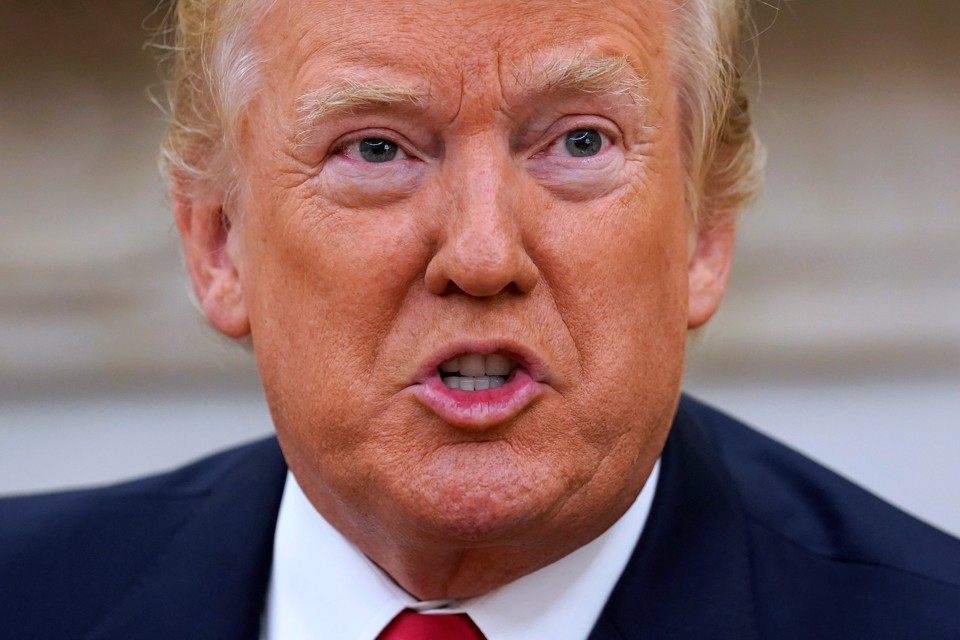By Reva Goujon
 The White House's pledge to put "America First" in its policymaking implies that the president has a responsibility to prioritize his country's problems over the rest of the world's. But making good on that promise isn't as easy as it sounds. After all, the foreign policies of great powers are crafted, not imposed.
The White House's pledge to put "America First" in its policymaking implies that the president has a responsibility to prioritize his country's problems over the rest of the world's. But making good on that promise isn't as easy as it sounds. After all, the foreign policies of great powers are crafted, not imposed.
If we can assume that every nation follows its own interests, we can also expect the executor of its foreign policy to make sense of a complex geopolitical landscape by internalizing the imperatives and constraints shaping the behavior of itself and its peers. In part this means identifying potential points of competition and collaboration, giving priority to the issues that pose a strategic threat to the republic. It also means teasing out and testing implications, determining the most critical points of stress that demand attention. Excessive ambition, whether driven by egotism or romanticism, will inevitably seep into the foreign policy realm, but it can be tamed. And the greater the power, the more tools at its disposal to form a policy designed to subtly steer its adversaries and allies toward its desired course without any party losing face.
Of course, this approach doesn't preclude conflict. A successful foreign policy, however, will anticipate, manage and even harness clashes to ensure a balance of power that is ultimately intended to preserve the might of the republic. The unique collection of foreign policy challenges facing the United States today will require a particularly deft hand to address as Washington looks to parse the unavoidable disputes from the avoidable ones, and to prepare Americans for them. But the ongoing power struggle between the ideologues and professionals on the White House's policy team seems certain to only intensify, leaving little room for strategic planning and ample room for error in some of the world's most pressing conflicts.







/arc-anglerfish-arc2-prod-mco.s3.amazonaws.com/public/SIEOL4RRXBDSFJRTTGK5PNC3NA.jpg)